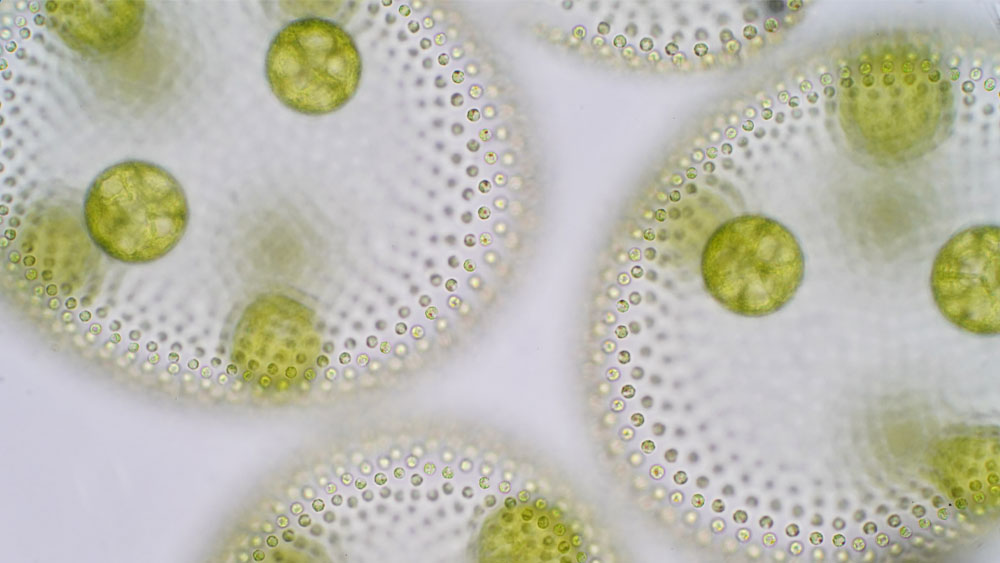What if the smallest creatures held the biggest clues to life’s design? A 2025 study in Nature Physics investigates the remarkable behaviors of Stentor coeruleus, a trumpet-shaped unicellular protist. Though it has only one cell, Stentor shows traits that match the complexity of multicellular life. These findings support the biblical view of intentional design and reveal the Creator’s wisdom at the tiniest scale.1,2
One of the most striking features is its use of cilia—tiny hairs that beat in rhythm to create feeding currents. These currents pull in microorganisms and guide them toward the cell’s mouth-like opening. This well-designed feeding strategy becomes even more remarkable when individual Stentor cells form colonies where cells work together in sync.2
In colonies, cells match their cilia movements through fluid interactions that boost feeding flow. Scientists have identified a behavior called promiscuity, in which individual members of the colony change positions with their neighbors to improve nutrient intake.2,3 This setup breaks apart when food runs low, showing how Stentor can adjust to changing conditions. Such smart responses point to planning and purpose, not chance.
These behaviors have drawn attention from evolutionary theorists, some of whom suggest that physical forces like fluid flow may have helped life become multicellular.1 But the traits seen in Stentor are not halfway steps; they are complete and functional. Shekhar et al. found that Stentor colonies act like multicellular systems, yet the cells stay genetically separate.2 This challenges the idea that such behavior leads to multicellularity and shows that even single cells can be packed with purpose—just as the Bible describes. Life was fully formed from the start.
When damaged, Stentor coeruleus can rebuild into a full, working cell. This process follows a step-by-step genetic program, with certain genes turning on in order to guide the rebuild. The accuracy of this process—organized and complete—points to a built-in plan, not random repair. Such complexity in a single cell reflects the work of a Creator who designs with intentional care.
All these traits—feeding coordination, colony coordination, and regeneration—tell a bigger story. Stentor coeruleus doesn’t just survive; it thrives through systems that show cooperation, strength, and planning. These are signs of the Creator’s handiwork. Even at the smallest level, God’s fingerprints are clear. The movement of cilia, the teamwork in colonies, and the rebuilding of cells all point to design—not chance, but craftsmanship. They reveal the greatness of the Creator, whose wisdom reaches every part of His creation.
References
- Marine Biological Laboratory. ‘She Loves Me, She Loves Me Not’: Physical Forces Encouraged Evolution of Multicellular Life, Scientists Propose. Phys.org. Posted to phys.org March 31, 2025, accessed August 1, 2025.
- Shekhar, S. et al. 2025. Cooperative Hydrodynamics Accompany Multicellular-Like Colonial Organization in the Unicellular Ciliate Stentor. Nature Physics. 21: 624–631.
- Ratcliff, W. et al. 2025. Genome Duplication in a Long-Term Multicellularity Evolution Experiment. Nature. 639: 691–699.
* Dr. Corrado earned a Ph.D. in systems engineering from Colorado State University and a Th.M. from Liberty University. He is a freelance contributor to ICR’s Creation Science Update, works in the nuclear industry, and is a Captain in the U.S. Navy Reserve.














